Kettlebell training has gained immense popularity in recent years due to its ability to offer a full-body workout that improves strength, endurance, and overall fitness. With different coating options available in the market, it’s essential to understand the benefits and drawbacks of each. In this article, we will explore two popular coatings – vinyl and neoprene – and help you make an informed decision when choosing the right kettlebell for your fitness routine. Vinyl Kettlebells: Vinyl-coated kettlebells are known for their durability and affordability. Composed of cast iron with a vinyl coating, these kettlebells provide a smooth, solid surface that is comfortable to grip, reducing the risk of calluses or blisters during intense workouts. The vinyl coating also protects the kettlebell from corrosion and rust, prolonging its lifespan. One key advantage of vinyl kettlebells is their versatility in terms of color and design. Fitness enthusiasts who prioritize aesthetics can choose from a wide range of colors to match their personal style or gym decor.
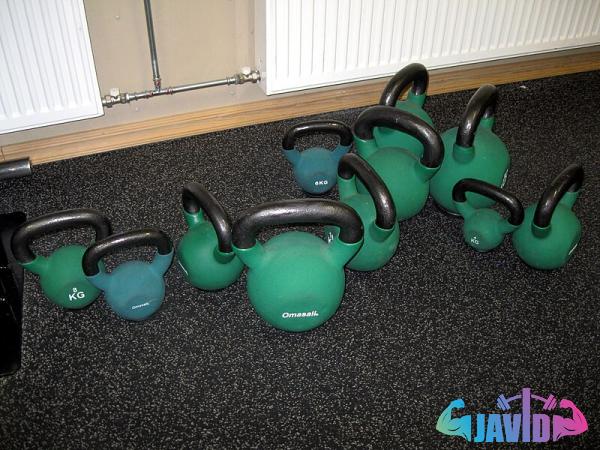
.
 Additionally, the vinyl coating dampens noise when the kettlebell is dropped or swung, making it an ideal choice for home gyms or shared workout spaces where noise may be a concern. However, vinyl kettlebells do have a few drawbacks. The vinyl coating is prone to wear and tear, especially with heavy and repeated use. Over time, the coating may crack or peel, exposing the cast iron underneath. While this does not affect the functionality of the kettlebell, it may impair the overall aesthetic appeal. Neoprene Kettlebells: Neoprene-coated kettlebells are popular among beginners and fitness enthusiasts who prefer a more comfortable grip. Neoprene is a synthetic rubber material that offers a soft and slightly cushioned surface.
Additionally, the vinyl coating dampens noise when the kettlebell is dropped or swung, making it an ideal choice for home gyms or shared workout spaces where noise may be a concern. However, vinyl kettlebells do have a few drawbacks. The vinyl coating is prone to wear and tear, especially with heavy and repeated use. Over time, the coating may crack or peel, exposing the cast iron underneath. While this does not affect the functionality of the kettlebell, it may impair the overall aesthetic appeal. Neoprene Kettlebells: Neoprene-coated kettlebells are popular among beginners and fitness enthusiasts who prefer a more comfortable grip. Neoprene is a synthetic rubber material that offers a soft and slightly cushioned surface.
..
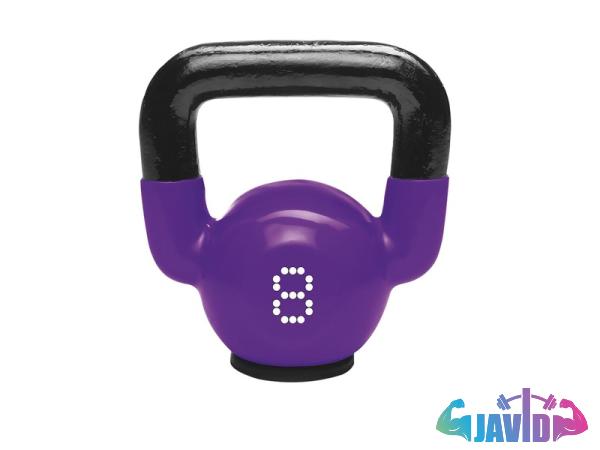 This coating makes the kettlebell more comfortable to handle, especially during exercises that require prolonged gripping. The neoprene coating also provides excellent durability and protection against rust and corrosion. It is less prone to wear and tear compared to vinyl coatings, making it a suitable choice for heavy use and intense workouts. The vibrant colors of neoprene kettlebells make them visually appealing and ideal for those who want to inject some fun into their fitness routine. However, one drawback of neoprene kettlebells is their potential to retain odors. Sweat and moisture can seep into the neoprene material, resulting in an unpleasant smell over time. Regular cleaning and maintenance are necessary to minimize odor buildup.
This coating makes the kettlebell more comfortable to handle, especially during exercises that require prolonged gripping. The neoprene coating also provides excellent durability and protection against rust and corrosion. It is less prone to wear and tear compared to vinyl coatings, making it a suitable choice for heavy use and intense workouts. The vibrant colors of neoprene kettlebells make them visually appealing and ideal for those who want to inject some fun into their fitness routine. However, one drawback of neoprene kettlebells is their potential to retain odors. Sweat and moisture can seep into the neoprene material, resulting in an unpleasant smell over time. Regular cleaning and maintenance are necessary to minimize odor buildup.
…
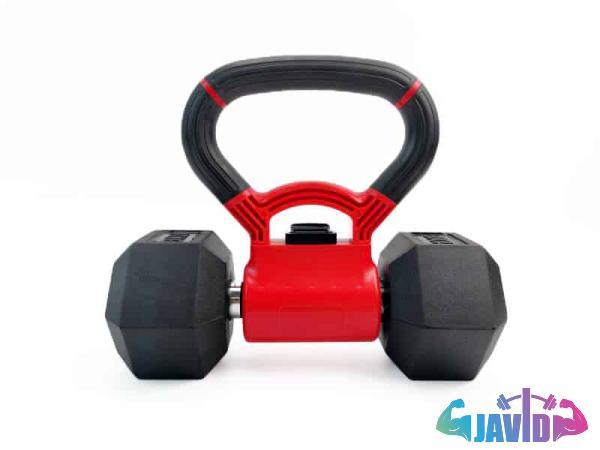 Conclusion: Both vinyl and neoprene kettlebells offer their unique set of advantages and disadvantages. If durability, affordability, and aesthetics are your primary concerns, vinyl kettlebells may be the right choice for you. On the other hand, if a comfortable grip and increased durability are key factors, neoprene kettlebells should be considered. It’s essential to consider your fitness goals, budget, and personal preferences when selecting the right kettlebell coating. Whichever option you choose, incorporating kettlebell training into your fitness routine offers a multitude of benefits, including improved strength, flexibility, and cardiovascular fitness.
Conclusion: Both vinyl and neoprene kettlebells offer their unique set of advantages and disadvantages. If durability, affordability, and aesthetics are your primary concerns, vinyl kettlebells may be the right choice for you. On the other hand, if a comfortable grip and increased durability are key factors, neoprene kettlebells should be considered. It’s essential to consider your fitness goals, budget, and personal preferences when selecting the right kettlebell coating. Whichever option you choose, incorporating kettlebell training into your fitness routine offers a multitude of benefits, including improved strength, flexibility, and cardiovascular fitness.

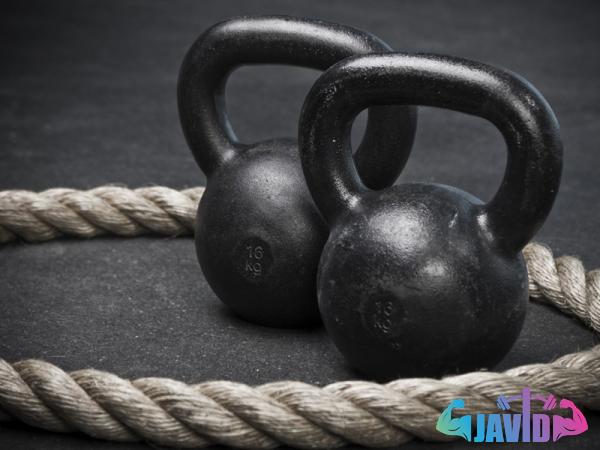


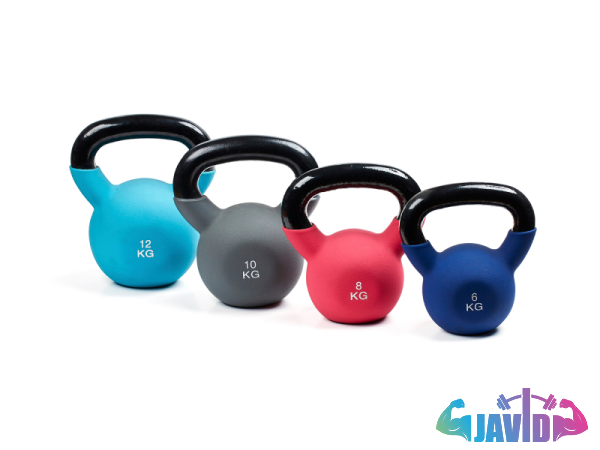

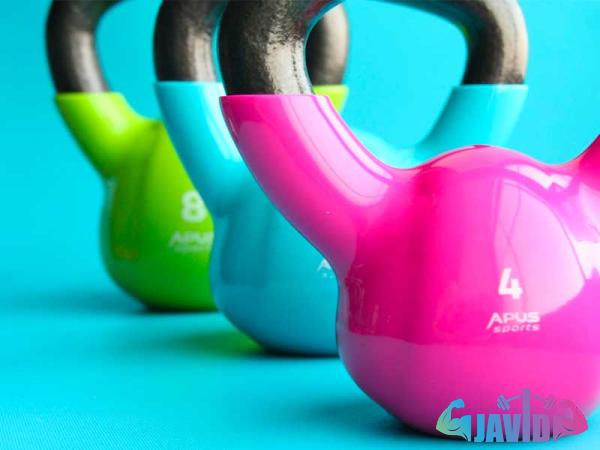
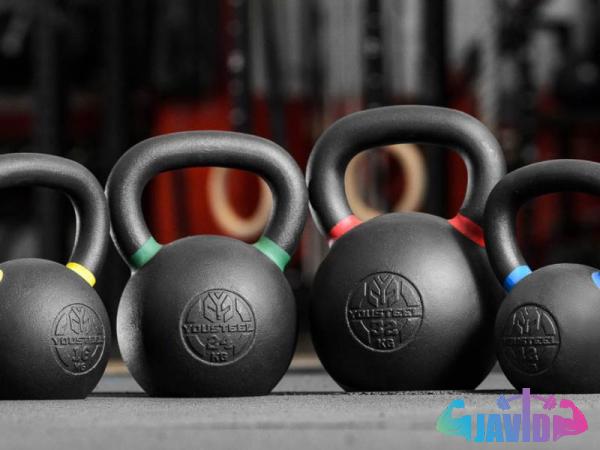
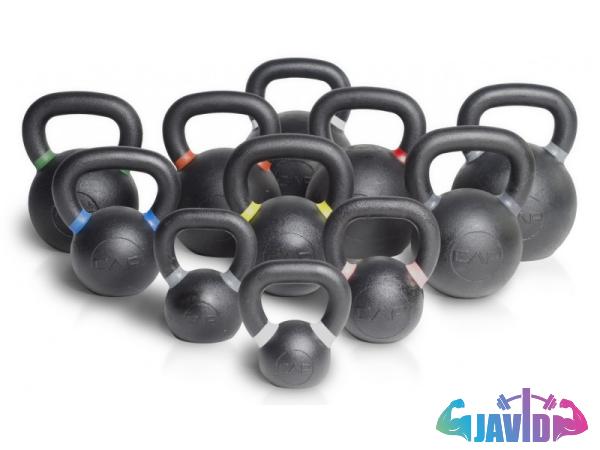

Your comment submitted.